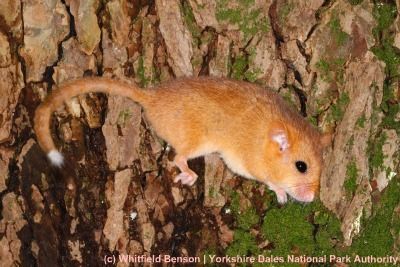Climate proofing for wildlife requires more habitats
Plants and animals will need more habitats to adapt to the impacts of climate change, according to a new report by researchers at York University. The speed that species can expand will be a vital factor in adaptation and will depend on available habitat, influencing conservation projects.

.jpg) Plants and animals will need more habitats to quickly adapt against the impacts of climate change, according to a new report.
Plants and animals will need more habitats to quickly adapt against the impacts of climate change, according to a new report.
Climate change will drive geographical shifts in plants and animal species, but this is limited by habitat availability, and human activity has meant a lot of habitats are isolated “islands”, making it harder for species to move.
The speed of expansion will be a vital factor in a species’ ability to adapt to climate change, according to the study by researchers in the Department of Biology at York University, published in the journal Conservation Letters. The research used population models to track species in fragmented habitats in Yorkshire and Humber.
Professor Jane Hill, from York University said: "There is a strong relationship between the amount of habitat available to a species, and the rate at which it can spread to new areas. For example, the Comma butterfly which lays its eggs on common nettles has spread through the whole of northern England in recent years, but specialist species seem to be static or declining."
The report found that, for three out of the four habitat types, woodland, grassland and heathland, the most efficient strategy of habitat expansion was by introducing a system of stepping stones, in between existing habitats.
The study also found that re-creating habitat patches at random, or through particular methods including stakeholder’s input, also had positive effect on rates of expansion.
However, the study found that placing re-created habitat in close proximity to the largest areas of existing habitat gave virtually no increase in species expansion.
This is a particularly significant implication, as many existing conservation guidelines and tools favour this method of habitat conservation, over other methods examined including the stepping stone method and random placement of restored habitat.
Lead author Dr Jenny Hodgson, who developed the computer model used in the study said: “Habitat re-creation close to existing habitat areas may boost the existing populations. But if they need to move wholesale to other areas, then it is more important to provide habitat where there are currently large gaps.”
It is important to note that the results for quick expansion of species into created habitat, examined in the study, are different from the pattern to prevent extinction, and in areas habitat expansion may not possible due to habitats being too rare and fragmented. The authors say any expansion model must be examined in conjunction with other models.
Dr Hodgson said, “We need to strike a balance between short term and long term conservation success.”
Image: Whitfield Benson | Yorkshire Dales National Park Authority






_400_250_80_s_c1.jpg)